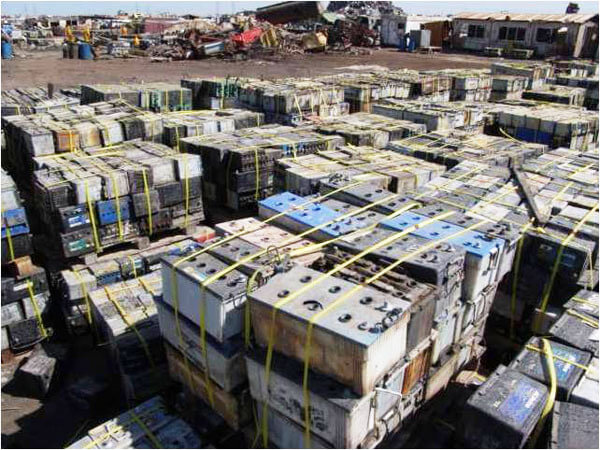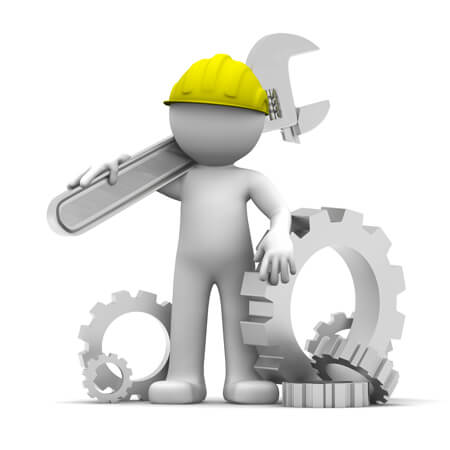What’s Next?
You’ve improved sustainability and you’re proud of what you’ve accomplished. You’ve eliminated almost all of your air and hydraulic leaks (a never ending battle). You’ve scraped the 70-year-old paint, dirt and grime from your high bay windows to increase the natural lighting and you replaced your old, inefficient metal halide lamps with high efficiency LED lights. You attacked the excessive water consumption at your facility by replacing all the 5-gallon-per-flush toilets with 1.6-gallon units (Who knew there were so many?) and adding auto flushers. As a result of all this and more, your operations are ISO 14001 accredited and your building will soon be LEED certified. Your work has improved the bottom line and now you’re wondering what’s next. Taking the next step means exploring how to design sustainability into your machines, conveyance and information infrastructure. Though manufacturers don’t get many opportunities to build completely new plants, you do often get chances to make incremental change. When you get these chances, I’m proposing that you think outside the box by using the U.S. Department of Commerce’s definition of sustainable manufacturing, which describes it as systems that: 1. Minimize negative environmental impacts; 2. Conserve energy and natural resources; 3. Are safe for employees, communities and consumers; and 4. Are economically sound. For this article, I’ll address the first item on this list – minimizing negative environmental impacts. While there are many ways to negatively impact the environment, they essentially fall into two categories: introduction of harmful elements into the environment; and excessive or unnecessary consumption of limited resources.

Take a Global View
We tend to be vigilant about chemical discharge at our own locations, but I believe that a global perspective is necessary to avoid introducing damaging elements into the environment. Batteries are a good example. The manufacturing process for batteries is so harsh that most battery suppliers offshore their manufacture to countries with environmental standards far more lenient than those in the United States. This has a compounding negative impact where harmful byproducts (such as acid, unassimilated lead and sulphur dioxide) are released into the environment, contaminating soil, drinking water and air. Similar damage occurs when batteries are disposed. The human and environmental cost of batteries is extremely high.
RedViking is dedicated to reducing the use of batteries in the U.S. We’re designing and building battery-free, automated guided vehicle (AGV) assembly lines that reduce or eliminate a factory’s use of AGV and lift truck batteries. Many companies are taking a fresh look at the negative impact of batteries and other manufacturing components that might have seemed innocuous in the past.

Use Fewer Raw Materials
The second attribute where we can “design in” sustainability is in reducing consumption of natural resources. A global viewpoint is beneficial here as well. Energy and raw materials for our machines and products are limited. Multifunction machines and flexible designs (such as docking station architectures) are effective at reducing energy consumption as well as component materials. Machines and conveyance should be designed to be as energy-efficient, compact and multifunctional as possible within cost and production constraints. Traceability systems are another tool to reduce raw material consumption. When a unique identifier is created or tracked during each step of production, you’ll avoid adding material to a defective product simply because you can identify the cause and effect of defects more quickly. You’ve made great progress in improving sustainability in your factory. Now’s the time to take a new look at designing sustainability into your machines, conveyance and data, using the Department of Commerce guidelines as a roadmap.






